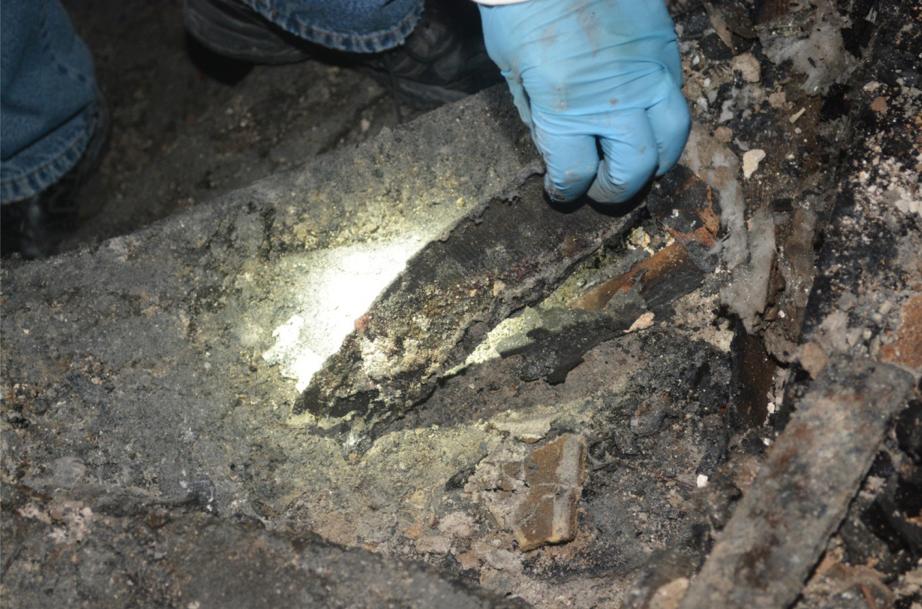
Researchers at the Worcester Polytechnic Institute are looking into why fire hoses sometimes melt down under intense heat, in the wake of official reports on the 2014 deaths of two Boston firefighters who perished after problems with a line.
The WPI project was initially funded with a $75,000 grant from the Last Call Foundation, a nonprofit created by the family of firefighter Michael Kennedy, who lost his life in the March 2014 blaze on Beacon Street in the Back Bay. Lieutenant Ed Walsh was also killed.
Recently released reports from a federal agency and the city of Boston both noted that a fire hose burned through during the blaze and impeded the flow of water into the engulfed building, before Kennedy and Walsh were overcome by the flames.
“There has been such significant thermal advancement’’ in other areas, said Kennedy’s mother, Kathleen Crosby-Bell, in a phone interview on Friday. “It’s unthinkable that that technology hasn’t been applied to fire hoses.’’
The project began in November 2014 and to date, researchers have documented 172 cases nationwide of hoses burning through at fire scenes, said Raymond Ranellone, a WPI engineer in the school’s fire protection engineering department. He said his team has not been able to determine how many fatalities of firefighters or civilians, if any, have been directly linked to the malfunctioning hoses.
Ranellone declined to say what material would work best for the hoses, adding that his group will soon publish a preliminary report in a scientific journal.
“We believe in the real-world impact our project will have,’’ Ranellone said.
Most fire hoses currently have a rubber liner and a nylon- or polyester-based outer jacket.
Boston Fire Commissioner Joseph Finn said by phone that he was aware of the study and supported its aims, stating that “there’s certainly got to be a safer and better way’’ to develop hoses, which have remained largely unaltered over the past century.
Asked if the tragedy on Beacon Street could have been prevented with a better hose, Finn said, “if the hose never burned through, I think we would have had a better outcome. They at least would have had a line of hose charged, which would have probably assisted them.’’
According to a report on the fatal fire from the National Institute for Occupational Safety and Health, Walsh called out from the engulfed structure, “Both of us are trapped in the basement towards the front of the building. We got water, but the hose line is burnt through. You have got to charge our line.’’
A dispatcher told Walsh, “They are trying to get you water.’’
He responded, “We are on the stairway and it’s getting hot down here.’’ He said during his final radio transmission, “Need a line in the basement, right away; a big line.’’
According to government reports, Walsh and Kennedy went into the basement of 298 Beacon St. because firefighters were told someone may have been trapped there, and high winds coming off the Charles River caused the fire to quickly intensify.
Sparks from an unpermitted welding operation in the building next door are believed to have started the fatal blaze, according to the reports.
If the welders “were, if you will, operating more safely — I think they were just careless,’’ Finn said. “If they were just more careful and the fire was detected a lot earlier’’ and the winds were not as high, “everything else would have been dealt with.’’
Crosby-Bell, Kennedy’s mother, reiterated Finn’s comment about the makeup of fire hoses and said “there’s been no thermal improvement to fire hoses in more than 100 years. ... Fire hoses should not be burning through in this day and age.’’
Travis Andersen can be reached at travis.andersen@globe.com. Follow him on Twitter @TAGlobe.



